'I found myself in a magical world of a sun-dappled forest, speckled with wild flowers of kaleidoscopic colours and brilliant mosses': Solo walking in the Pyrenees
The Pyrenees reserves its best treasures for walkers prepared to venture off the well-beaten trail, says Teresa Levonian Cole, on a solo holiday in Ribes de Freser.
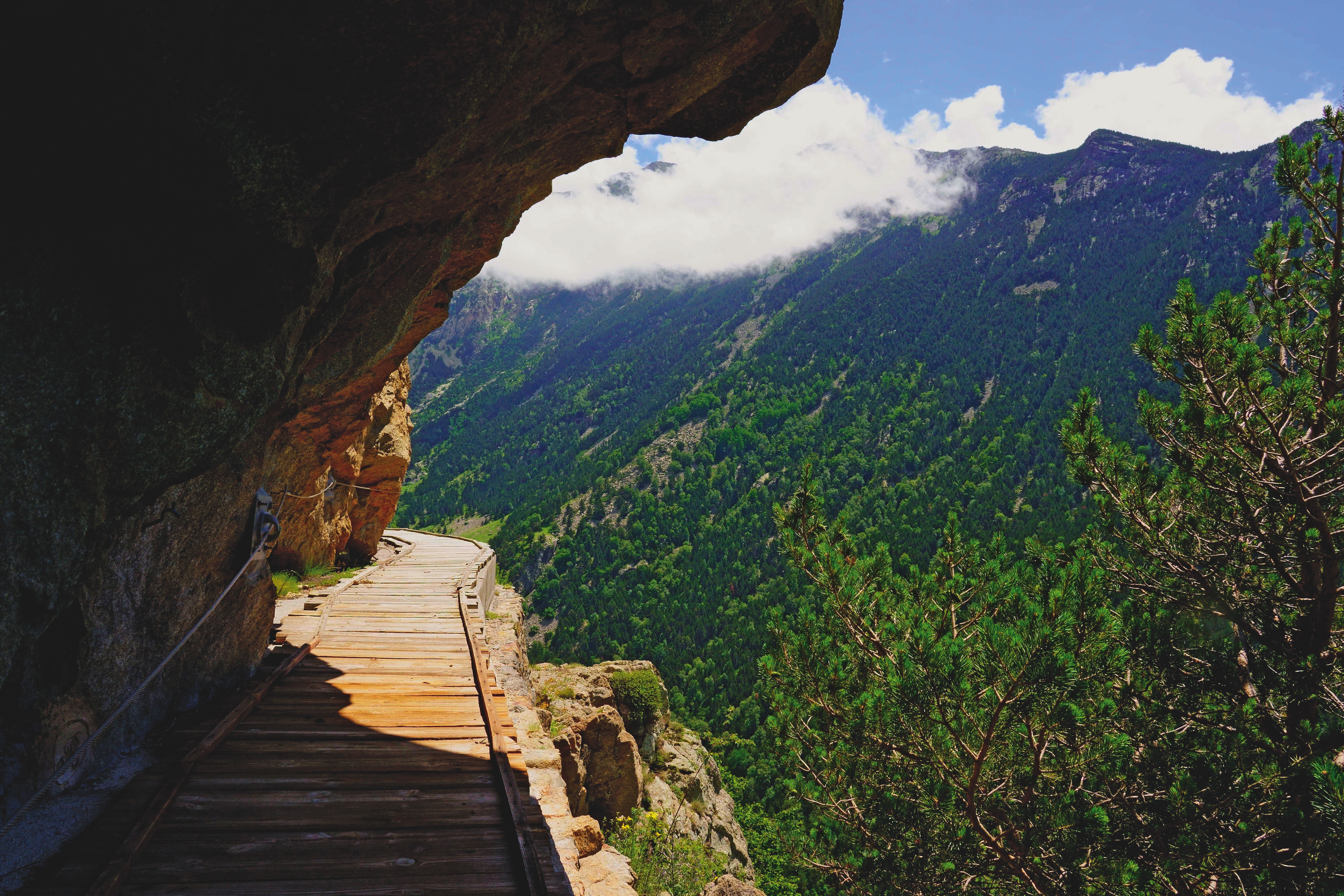
It was a beautiful, sunny day in late April when I set off for the Hermitage of St Anthony, in the Spanish Pyrenees, following not one of the two well-marked trails from town, but the detailed walking notes I had been given, along a less-trodden path. Up I climbed, along a narrow, stony track, the rush of the El Freser river below me growing ever fainter, the drop ever more vertiginous and confidence in my map-reading fast dwindling. I sniffed the air and inhaled a wonderful perfume of pine mixed with musty earth. ‘Rain,’ I thought… and then the heavens opened.
With considerable relief, I reached a mountain road, where two cars passed me, wind-screen wipers at a metronomic 120 ticks-per-minute, kindly offering lifts. ‘Persevere,’ I told myself, ‘how much further can it be?’ Quite a way, as it turned out. I passed through a meadow under the baleful eye of a bull, through a forest and, eventually, reached the Hermitage to find it… shut. I had hoped to see an icon of the Devil that, I’d been told, is in the small chapel — an anomaly, as the chapel is dedicated to St Anthony of Padua and not to the Desert Father, Anthony the Great, of Temptation fame. Oh well…
By now drenched and spouting water from my hat like a gargoyle, I surveyed the scene: not a soul. Some ugly television antennas had been raised in this popular beauty spot. Of the fabled views from 1,271m (more than 4,000ft), I could see nothing in the now enveloping mist. Worse: in these conditions, the steep and slippery descent of the mountain was out of the question. Remarkably, there is signal throughout the area, but my phone, almost as wet as I was, had to be coaxed into cooperation. Sheepishly, I called the hotel, and someone came rushing to my rescue. It must have taken the car’s upholstery a week to dry out.
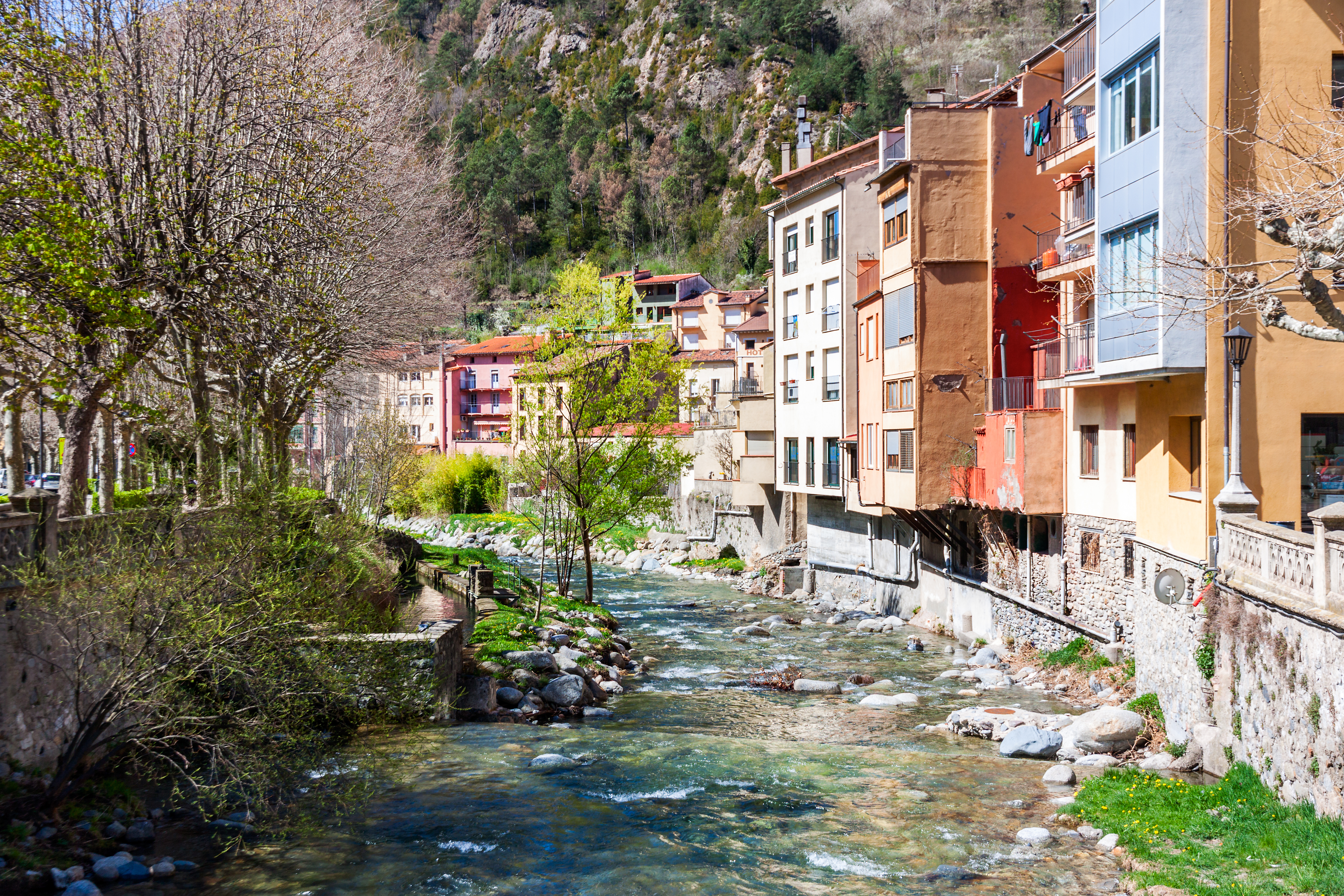
The Freser, Rigard and Segadell rivers come together at the small town of Ribes de Freser, which is also known for its bottled spring water.
This, my only mishap in a glorious week of walking in the Pyrenees, serves as a cautionary tale. Instead of the security of companionship, where a mischance becomes a shared adventure rather than a spike in blood pressure, I had chosen the contemplative pleasures of a solo walk, its rhythm conducive to thought and reflection, a balm for the soul. I was staying in a delightful family-run hotel, Resguard dels Vents, a 15-minute walk from Ribes de Freser, a sleepy town of little architectural merit (bar the occasional reference to the Catalan Art Nouveau), but notable for being at the confluence of three rivers and famed in the 19th century for its ubiquitous and healing springs.
The hotel, designed in stone, glass and wood to blend with the natural surroundings, perches above El Freser on a little road that culminates in a farm, around which three generations of the Perramon family live. It has a spa, useful for aching limbs, a ‘bracing’ outdoor pool and a sauna with views to die for. ‘My great-grandfather, a farmer, bought this land,’ says Marta Perramon, who presides over reception, dispensing advice and arnica. ‘We built this hotel 18 years ago.’
On the hillside, all around, the family’s herds of Charolais cattle ruminate, bells clanging, as they enjoy views of snow-capped mountains in the distance. The sounds of the mountains — cowbells, trilling birdsong, rushing rivers, together with the nocturnal squeal of frogs and the hoot of the tawny owl — add indispensable spice to the visual feast. Less than an hour and a half from Barcelona airport (by car; avoid the train journey, which, at best, will take four hours), this is an untouched world.
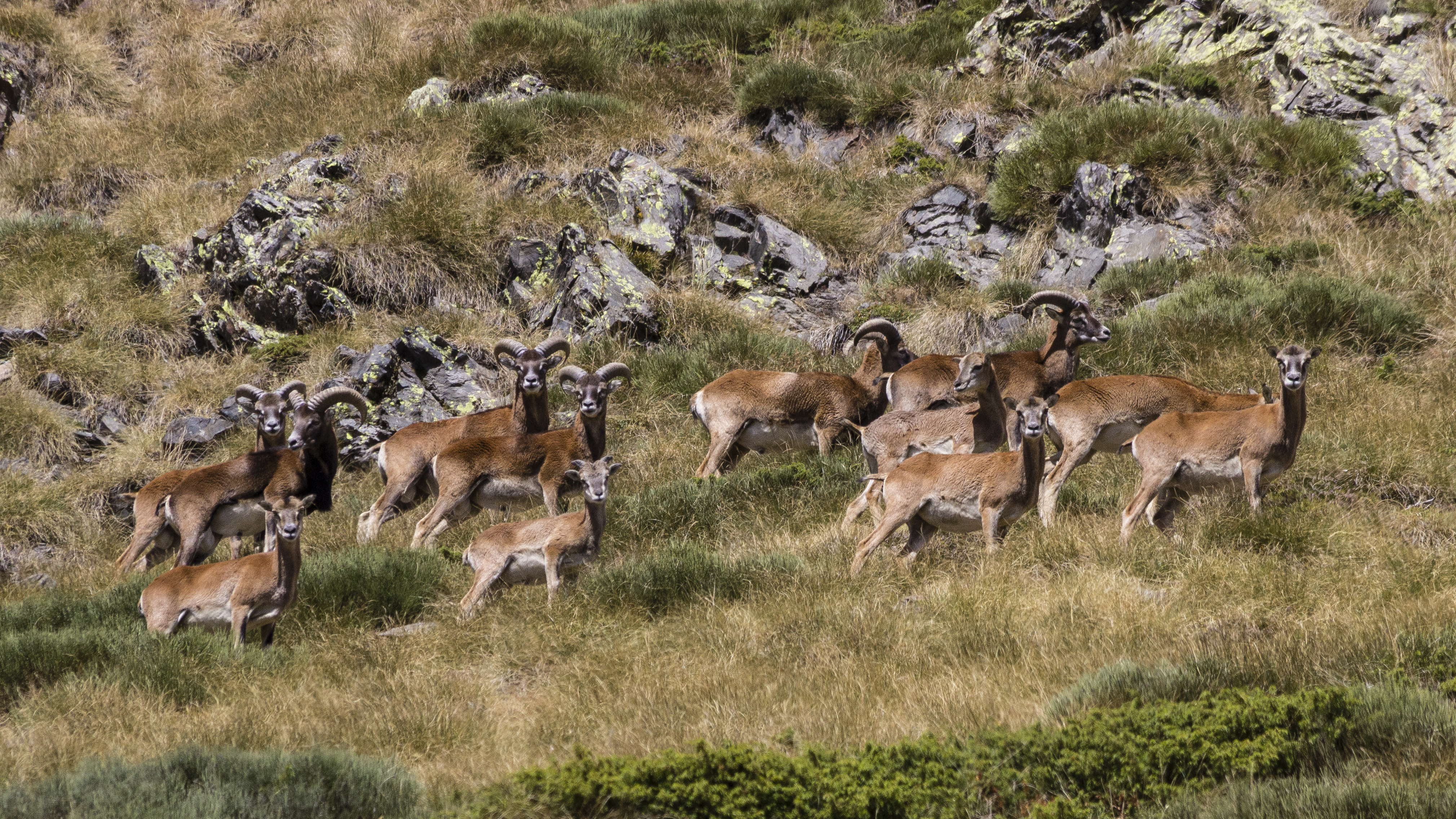
Wild European mouflon — an ancient breed of sheep — graze at their leisure on the grassy slopes of the Pyrenees.
On my first day, I decided to explore the hills behind the hotel, first picking my way through a mooing herd that blocked the muddy path, fearful lest they sense I had dined on one of their kin the night before (Brocheta de ternera ecológica de ‘Mas Ventaiola’ a la brasa con guarnición—one of several delicious dishes at the hotel restaurant). Numerous paths were signposted — one leading past rustic farmhouses, a solitary Catalan Independence flag fluttering on a crest, and the most scenic bus stop I have ever seen, in the middle of nowhere. A bench had been installed next to it, facing the valley, together with a small shrine — for those, perhaps, who had waited until there were no more tomorrows.
Exquisite houses, the beauty of Nature, and how to get the most from your life, straight to your inbox.
As the days passed, I became bolder with my itineraries. I walked 6.5km (four miles) uphill through a forest of Scots and black pine, oak and birch, blueberry bushes, and blossoming apple and plum trees. The path, strewn with pine cones and booby-trapped with roots and rocks made spongy with mosses and ferns, led to a mountain refuge at Pla d’Erola, where I was rewarded with proper coffee and a fortifying shot of local ratafia: a liqueur made from wild herbs — the recipe for which, once unique to each family, was a jealously guarded secret. I sipped the bitter spirit at the Mirador, the high, serrated horizon dominated by the white snaggle-tooth peak of Puigmal, at 2,910m (9,500ft).
Despite the numerous trails from the hotel, some of the loveliest, as recommended by Inntravel, involve taking the Rack Railway, which was inaugurated in 1931, to transport pilgrims (and, increasingly, skiers) from Ribes to the shrine of the Virgin at Núria — the only other way to reach it being a mountain path dating back to the Middle Ages. The journey is unmissable, as the little train passes through lush forests, gorges with thunderous waterfalls, cuttings, tunnels and over sweeping viaducts, its penny whistle audible throughout the valley as it climbs more than 1,000m in 12.5km (3,280ft in 7.7 miles) — a journey of 40 minutes. An informative museum at Ribes Vila station explains how this feat of engineering was achieved—together with some persuasive early promotional material, which juxtaposes images of the train with sepia photographs of pilgrims slogging up the mountain on foot.
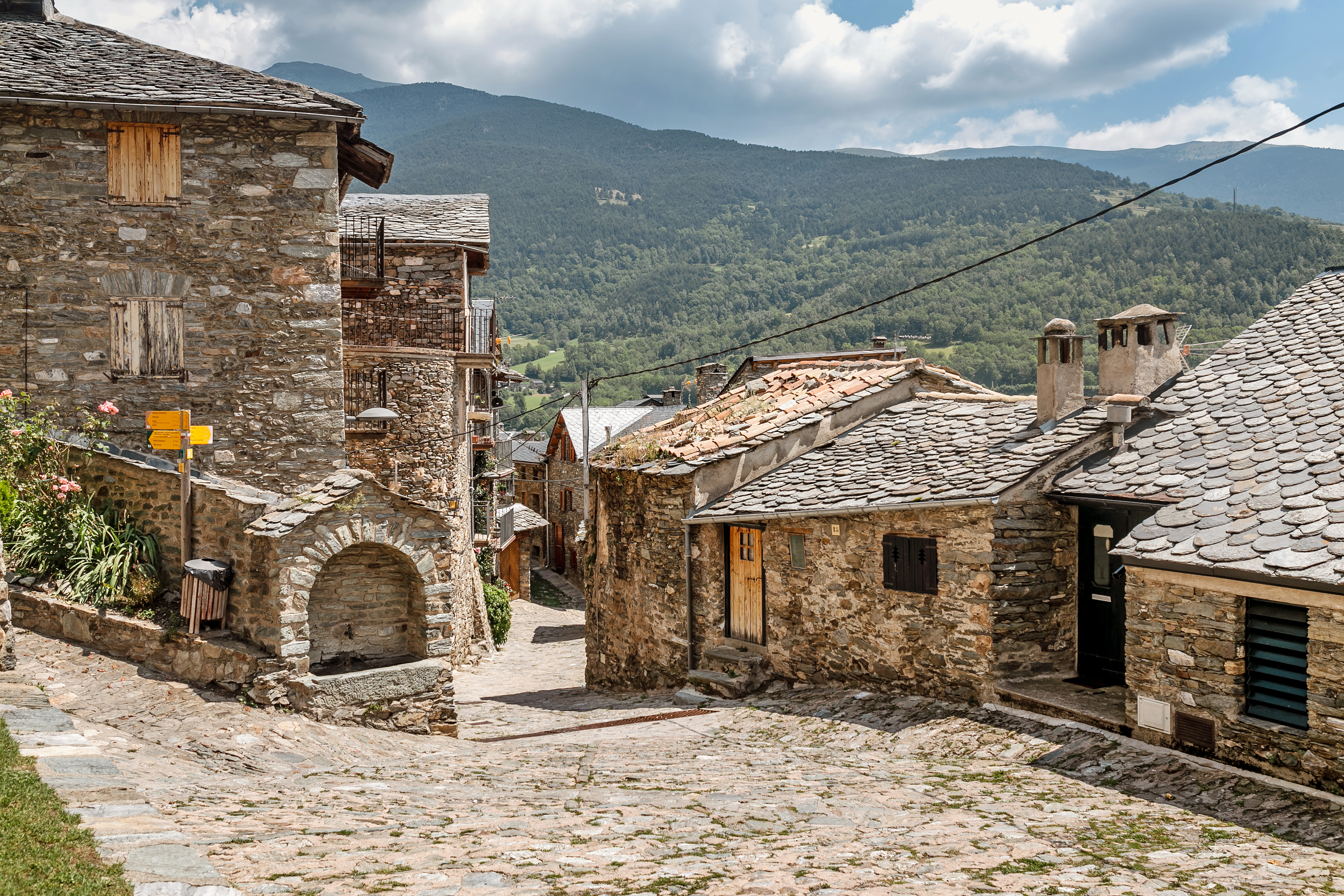
The hamlet of Queralbs, accessible from the Rack Railway, is worth visiting for its 10th-century church.
Núria is much changed since Sant Gil arrived, in AD700, in search of the hermit’s life. The crowds of day trippers and skiers, for one thing; the new Sanctuary, for another — reminiscent of Giles Gilbert Scott on a very bad day, the severe church flanked by a hotel — which houses a wooden Virgin purportedly sculpted by Sant Gil himself. Núria is an uncomfortable marriage of God and Mammon. However, the saint’s modest hermitage, erected in 1615, retains a sense of the numinous, as does the majestic scenery, in which three major valleys converge, and mountains tower all around.
I took the cable car to Coma del Clot, whence rugged walks lead higher towards the peaks and down into spectacular lilac valleys. The snows were beginning to melt as I slithered down, past the curious collection of modern Via Crucis sculptures. The marmots, sadly, had not yet woken from their winter slumber, but I saw skittish chamois — goats with antelopian aspirations — and evidence of wild boar in the churned earth. Overhead, some 15 griffon vultures soared in a kettle, until they dispersed, each to his own.
'Legend has it the church was, at one time, used by Cathar and Albigensian heretics'
Perhaps my favourite walk of all was from Queralbs, an idyllic hamlet along the Rack Railway of exquisite stone houses lining steep and narrow stone streets and, together with nearby Fustanyà, one of the oldest settlements in the area. Its jewel is the Romanesque church of Sant Jaume, dating to the 10th century and unusual both for its narthex and for the capitals of its arcaded portico. Carved with human, animal and mythological figures, they hark back to Mesopotamian themes. Legend has it the church was, at one time, used by Cathar and Albigensian heretics.
Continuing beyond the town, I found myself in a magical world of a sun-dappled forest, speckled with wild flowers of kaleidoscopic colours and brilliant mosses, through which the icy, limpid waters of the River Tosa races. I could imagine John Ruskin posing on a rock in the middle of the flow, as in Millais’s portrait. That heady scent of petrichor. The symphonic complexity of the birdsong. I paused for a picnic lunch by a spring, then followed the bank of the river to a small granite gorge, revelling in Nature’s gesamtkunstwerk.
Blisters, shin splints, aching knees notwithstanding, I’d gladly do it all again. As for the weather forecast, I’ve now learnt to ask Marta’s father: farmers always know best.
Inntravel offers the seven-night 'A Stroll in the Pyrenees' itinerary from £1,050 per person, including three dinners, two picnics, route notes and maps, and GPS navigation. Call 01653 617001 or visit www.inntravel.co.uk for more information
This feature originally appeared in the July 2, 2025, issue of Country Life. Click here for more information on how to subscribe
-
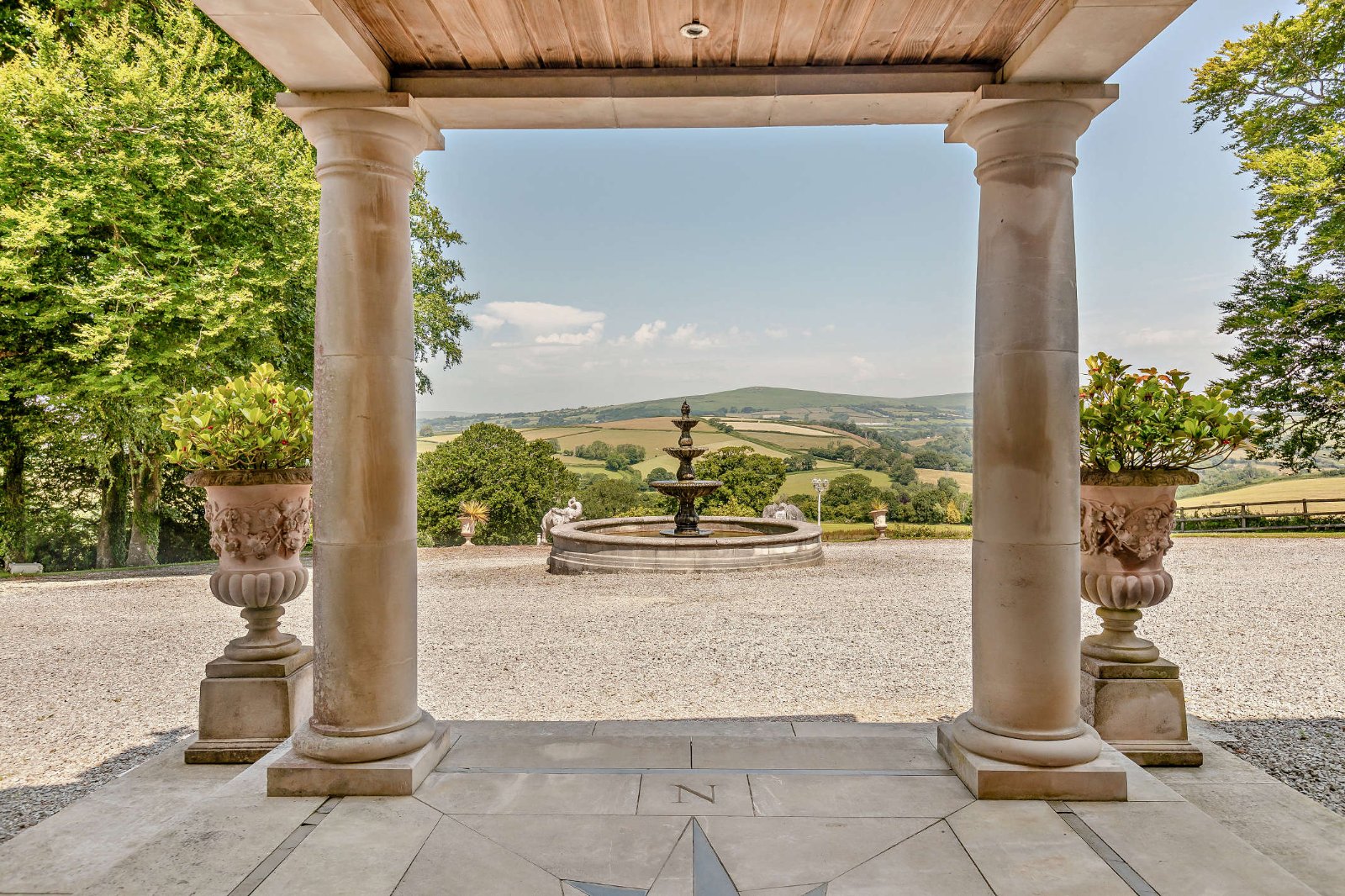 18 country houses across Britain, from £400,000 to £4 million, as seen in Country Life
18 country houses across Britain, from £400,000 to £4 million, as seen in Country LifeOur look at the homes to come to the market via Country Life this week picks out a charming Kent cottage and an Arts and Crafts house in Leicestershire.
-
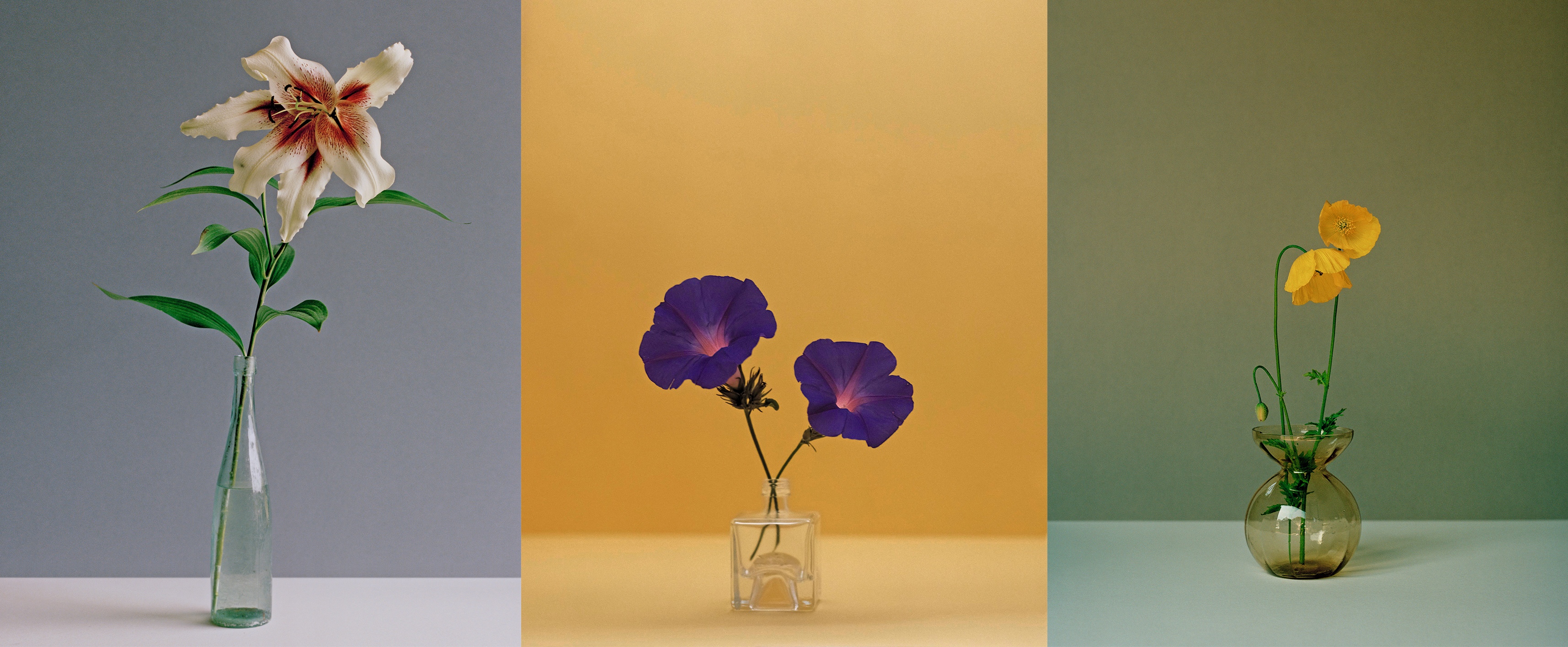 The greatest flowers make the greatest art
The greatest flowers make the greatest artA search for still-life subjects led Kate Friend to some of the greatest gardens and gardeners in the country
-
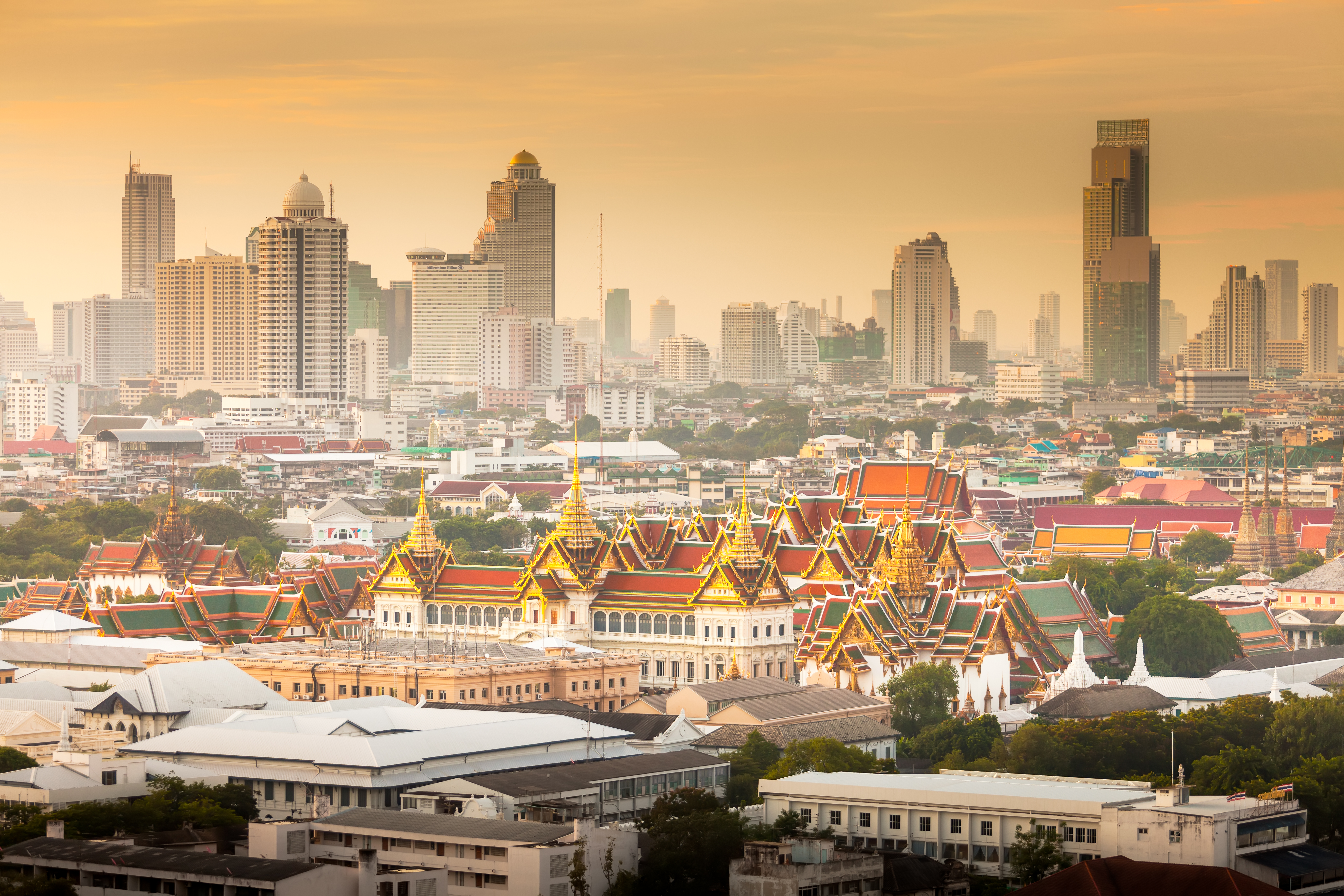 'The ugliness and craziness is a part of its charm': The Country Life guide to Bangkok
'The ugliness and craziness is a part of its charm': The Country Life guide to BangkokWhere to stay, where to eat and what to do in the Thai capital.
-
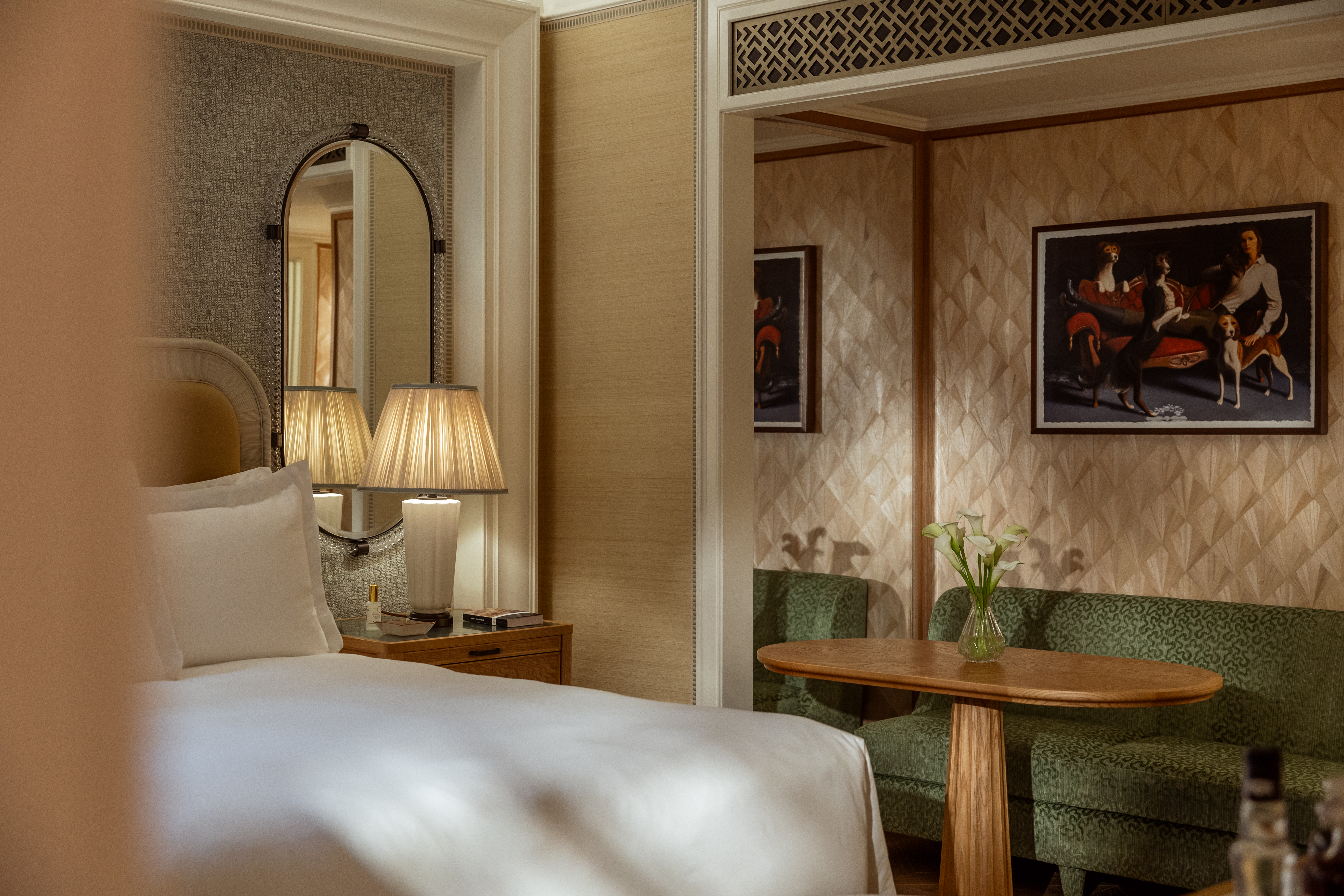 The Surrey hotel review: The new kid on New York's Upper East Side
The Surrey hotel review: The new kid on New York's Upper East SideRosie Paterson checks into The Surrey, A Corinthia Hotel, one year on from its grand opening.
-
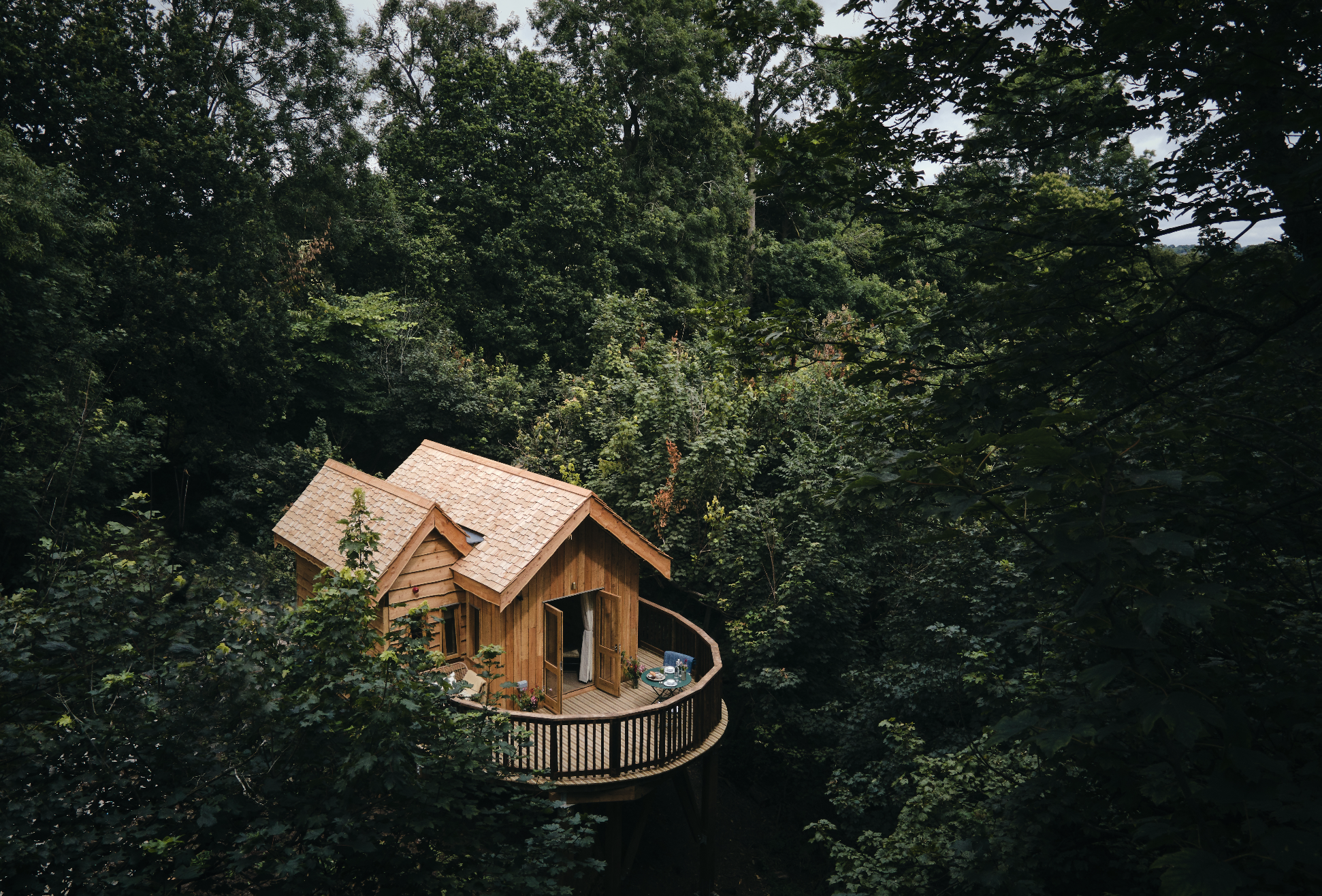 Wildhive Callow Hall hotel review: I felt like a squirrel preparing for hibernation and I loved it
Wildhive Callow Hall hotel review: I felt like a squirrel preparing for hibernation and I loved itThe boutique treehouses at this Derbyshire getaway are the best way to unwind in nature and explore the Peak District, writes Lotte Brundle.
-
 Ardbeg House review: Concept design is a tricky business, but this Scottish whisky distillery-turned-hotel proves that it can be done to great effect
Ardbeg House review: Concept design is a tricky business, but this Scottish whisky distillery-turned-hotel proves that it can be done to great effectSteven King checks in to Ardbeg House, a boutique hotel from the LVMH behemoth.
-
 'The night smells like engine oil… and money': Singapore’s glittering night race paved the way for a new era of city-centre Grands Prix
'The night smells like engine oil… and money': Singapore’s glittering night race paved the way for a new era of city-centre Grands PrixIt's the Las Vegas Grand Prix this weekend, but it and other city-centre Grand Prix would be nothing without trailblazing Singapore. Natasha Bird explains how the city state got it so right.
-
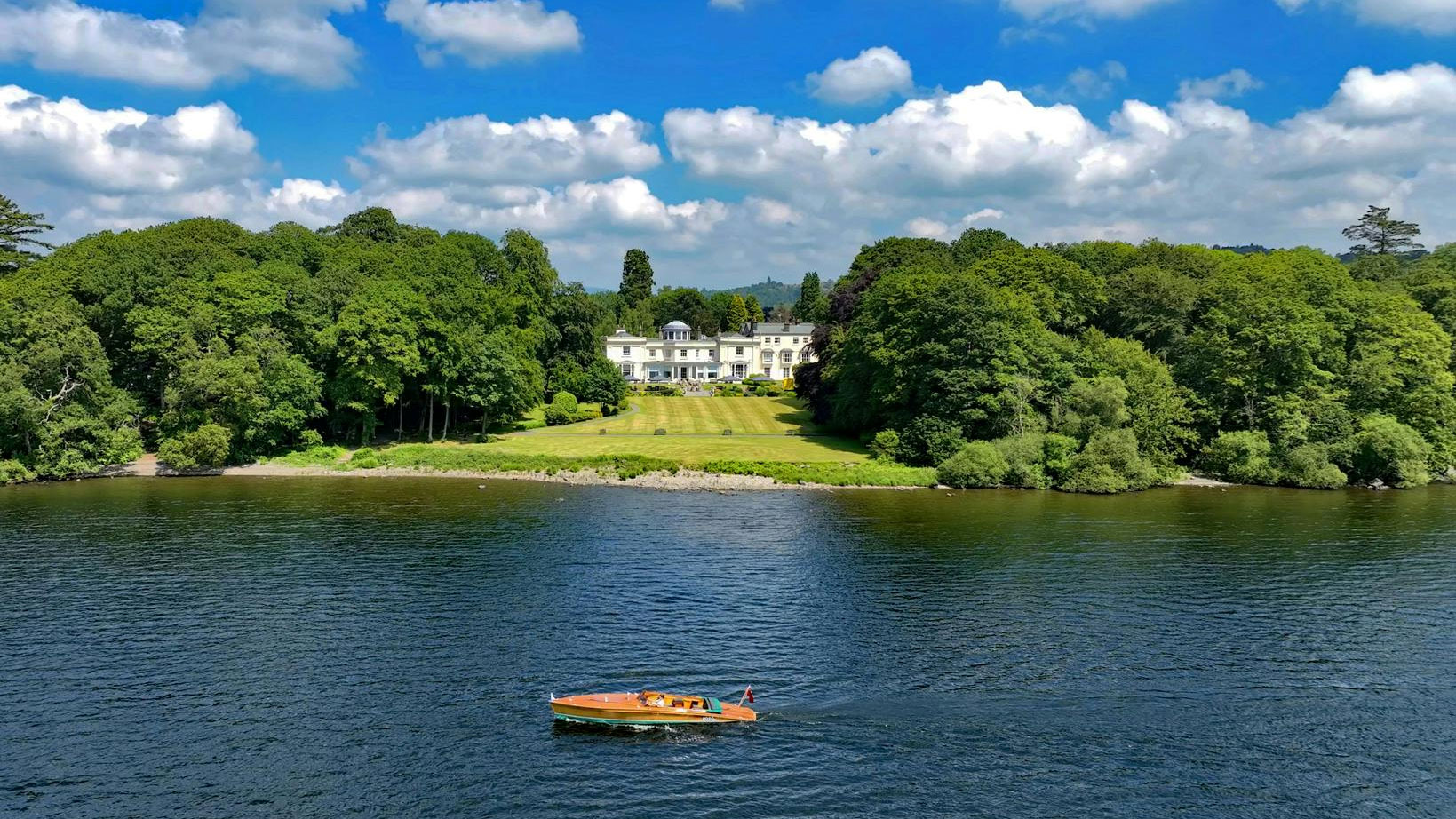 Storrs Hall: A glimpse of what a trip to Lake Windermere ought to be
Storrs Hall: A glimpse of what a trip to Lake Windermere ought to beLake Windermere — the largest stretch of water in the Lake District — is a tourist mecca that can often feel crowded, but head to places like Storrs Hall and you can still find the beauty and seclusion that first drew people here. Toby Keel takes a look.
-
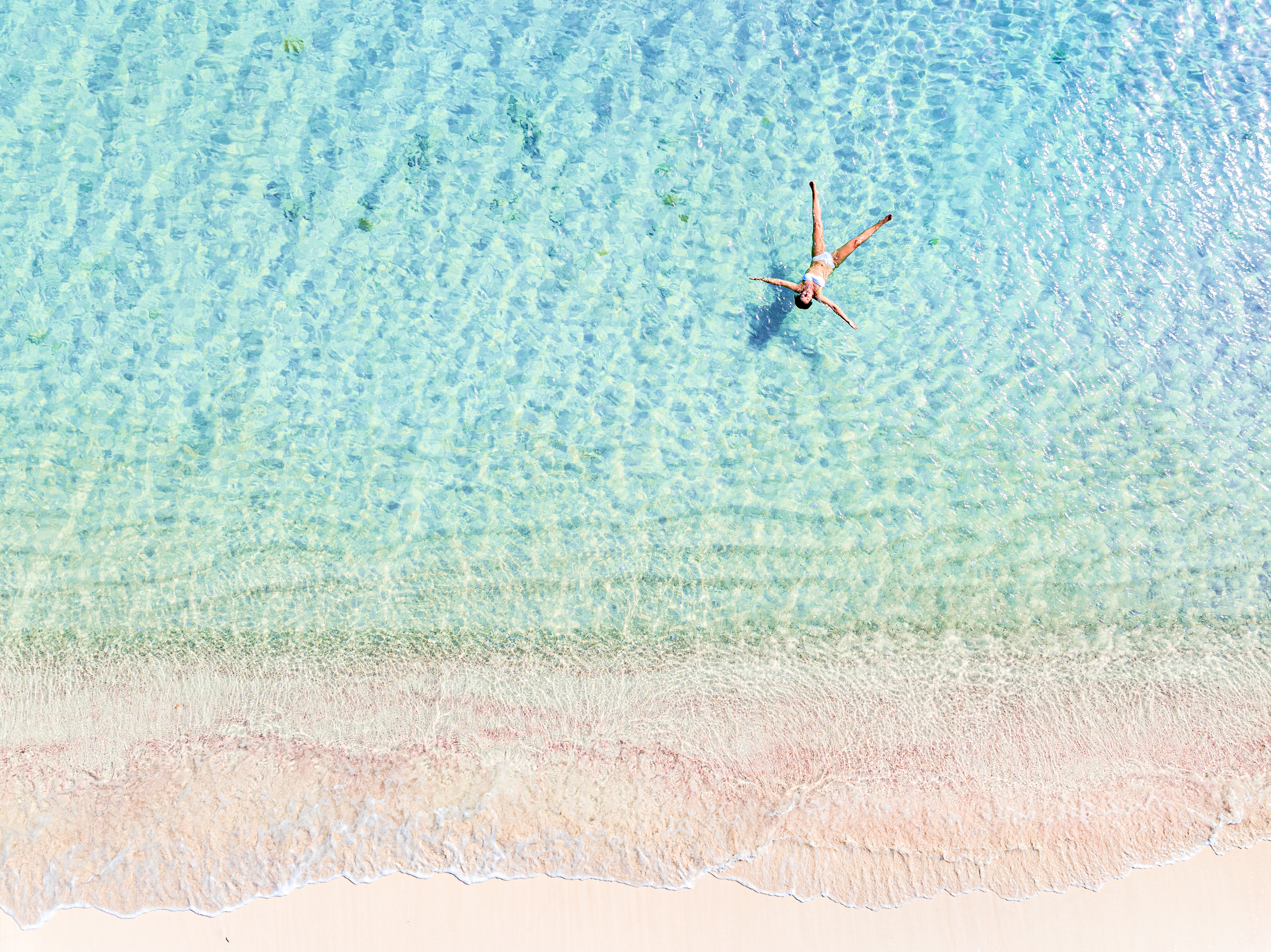 ‘For several days between Christmas and New Year, the departures lounge at Heathrow Terminal 5 becomes busier than Daylesford HQ’: A snob’s guide to winter sun
‘For several days between Christmas and New Year, the departures lounge at Heathrow Terminal 5 becomes busier than Daylesford HQ’: A snob’s guide to winter sunAnyone in their right mind abandons ship after Christmas for some winter sun, says Sophia Money-Coutts
-
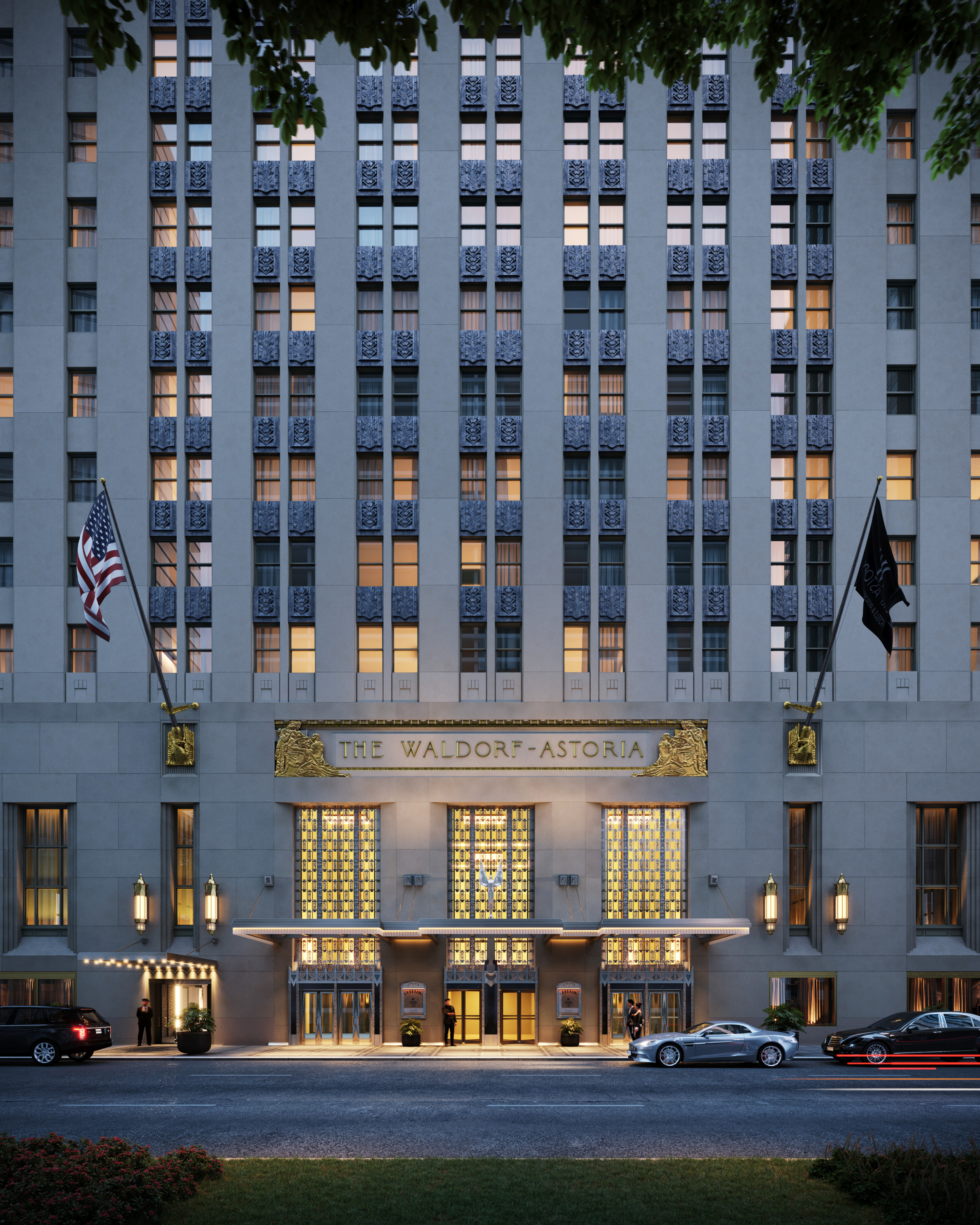 Waldorf Astoria New York review: The Midtown hotel where Frank Sinatra once partied and the salad of the same name was invented emerges from a decade-long renovation
Waldorf Astoria New York review: The Midtown hotel where Frank Sinatra once partied and the salad of the same name was invented emerges from a decade-long renovationOwen Holmes checks into the Waldorf Astoria New York hotel.